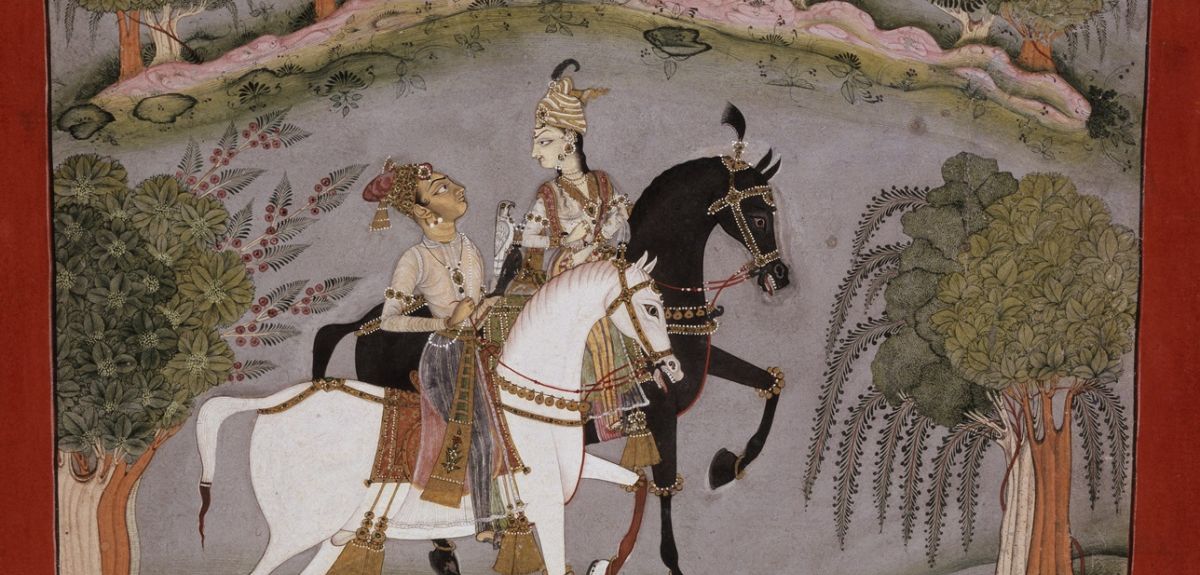
Love is in the air at the Ashmolean
Love is in the air for many of us today – but it's always a time for romance at the Ashmolean Museum, which has been featuring a number of Valentine's Day-themed works of art from its collections on its Twitter feed throughout the day.
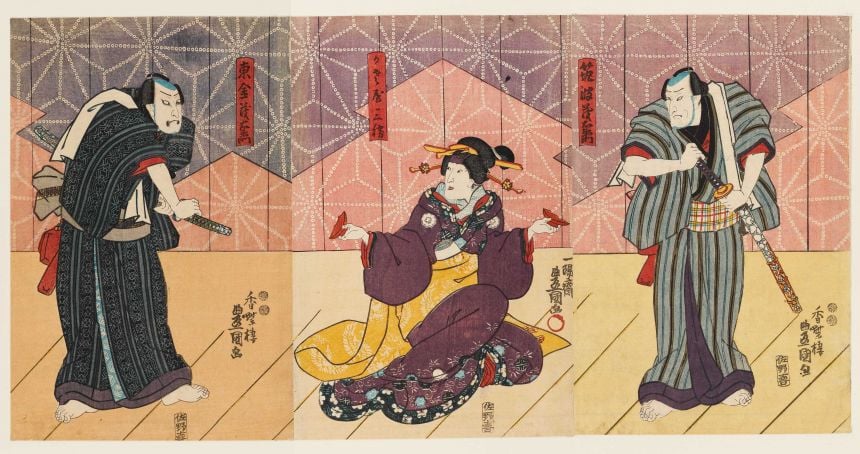 Two merchants compete for the love of the geisha Kasaya Sankatsu
Two merchants compete for the love of the geisha Kasaya SankatsuUtagawa Kunisada (1786–1864)
Woodblock triptych print, c. 1849
Here, two merchants compete for the love of the geisha Sankatsu. Sankatsu holds the two halves of a red sake cup in her hands, demonstrating her divided loyalties towards the two men.
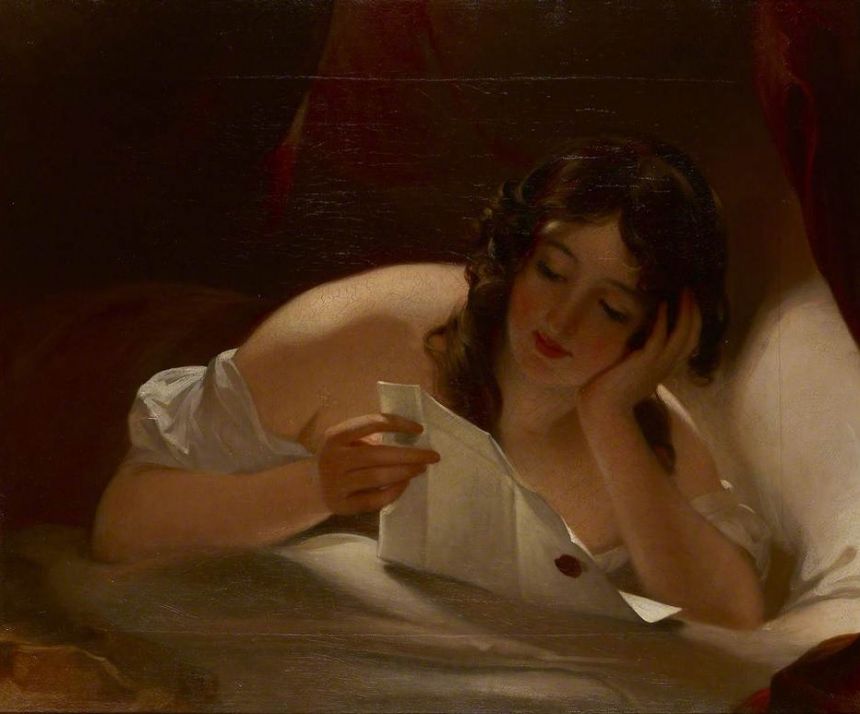 The Love Letter
The Love LetterThomas Sully (1783–1872)
Oil on canvas, 1834
One of Sully's most popular compositions, of which he painted numerous replicas. This version was presumably bought by the tenor Joseph Wood and his wife, the soprano Mary Ann Paton, during their American tour in 1836 when Sully painted Mary Ann's portrait, or perhaps when Sully visited England to paint Queen Victoria in 1837.
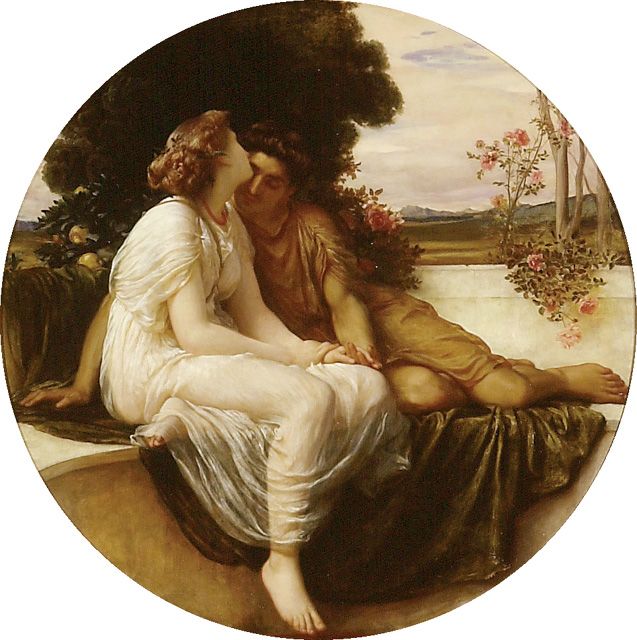 Acme and Septimius
Acme and SeptimiusFrederic Lord Leighton (1830–1896)
Oil on canvas, 1868
The subject of this scene of idyllic love is taken from Catullus, Carmine XV. Both the round shape and composition are indebted to Raphael's Madonnas. The background includes the rose, traditionally the symbol of love, and orange trees. When it was exhibited at the Royal Academy in 1868, it was praised by critics, who noted with approval Leighton's chaste treatment of the scene.
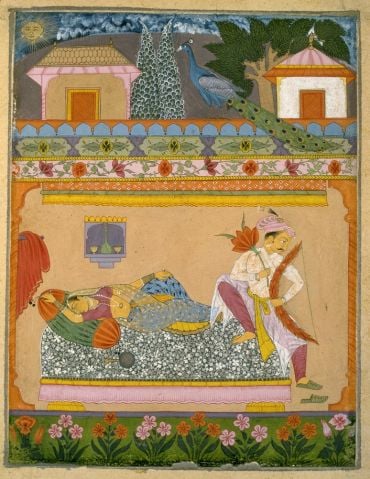 Lovers at dawn, illustrating the musical mode Raga Vibhasa
Lovers at dawn, illustrating the musical mode Raga VibhasaNorth Deccan, India
Gouache on paper, c.1675
The musical mode Vibhasa ('radiance') is normally performed at dawn. It is conceived pictorially as a noble couple who have passed the night together. Often, as the lady sleeps, her lover may aim his bow to shoot the crowing cock. But here he holds a flower bow and arrow like the love god Kama, and the peacock is unthreatened. Ragamala painting became a highly popular genre in the Mughal period.
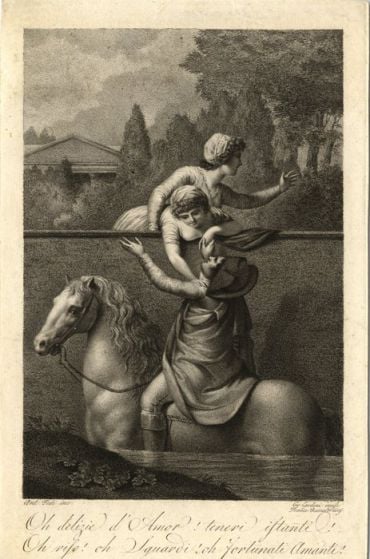 Oh delizie d'Amor!
Oh delizie d'Amor!Giovanni Cardini after Antonio Fedi
Etching and stipple, c.1810-20
An element of drama, and plenty of exclamation marks, are all provided by this Italian scene of elopement.
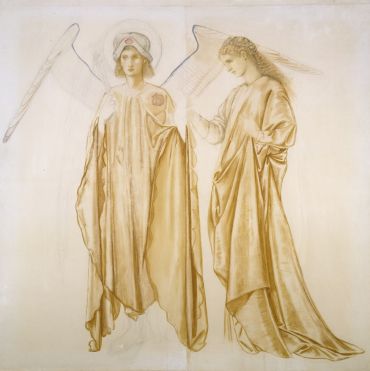 Love bringing Alcestis back from the Grave
Love bringing Alcestis back from the Grave
Sir Edward Coley Burne-Jones
Watercolour and chalk on paper, 1863
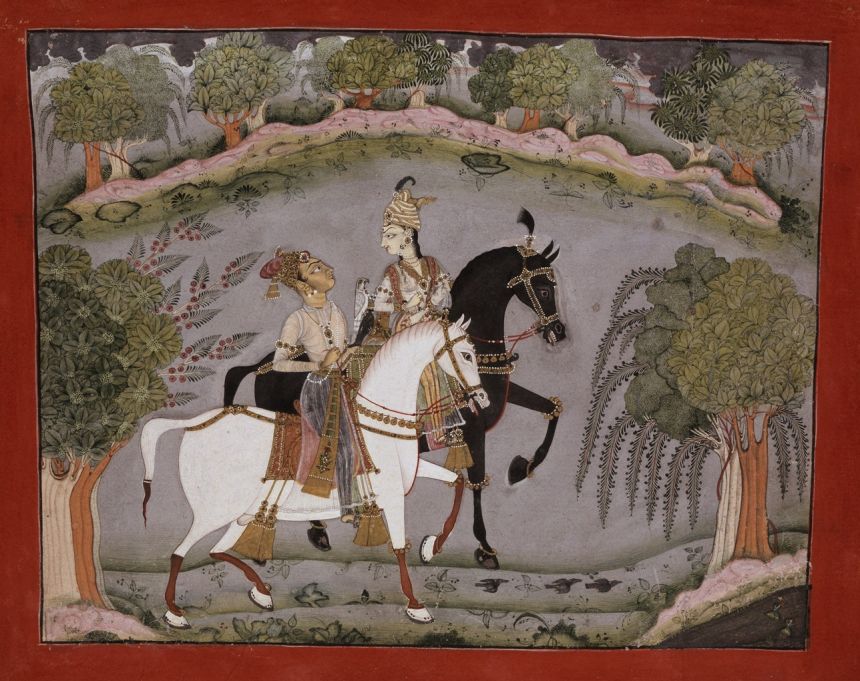 Baz Bahadur and Rupmati
Baz Bahadur and Rupmati
Kulu, northern India
Gouache with gold and silver on paper, c.1720
A cultivated prince and gifted singer, the Muslim Sultan Baz Bahadur, Sultan of Malwa, was devoted to the company of musicians and dancing girls. His favourite was Rupmati, a celebrated beauty who became his constant companion. The love of Baz Bahadur and his Hindu mistress became a popular theme of poetry and song in late Mughal India.
All images copyright Ashmolean Museum.